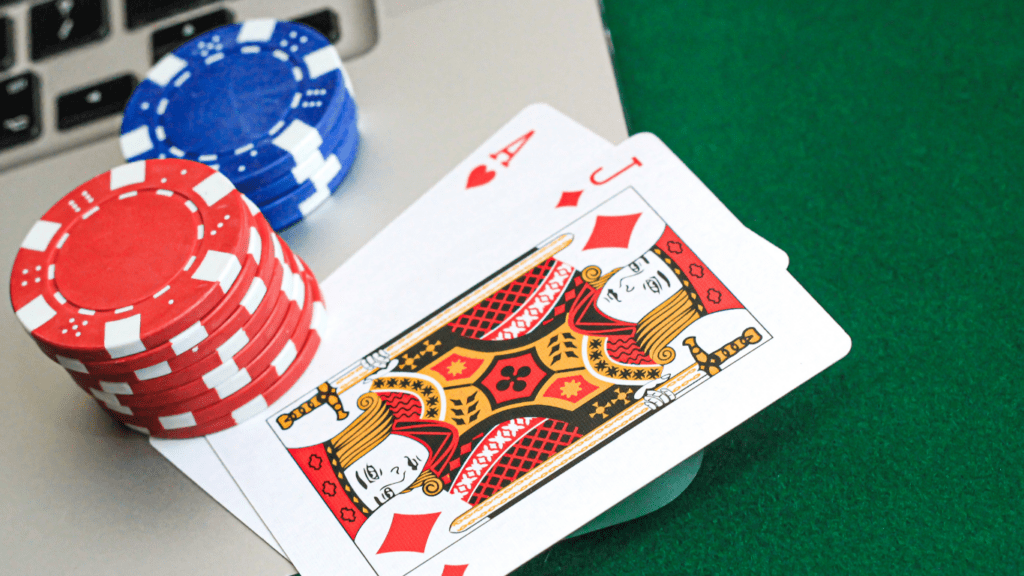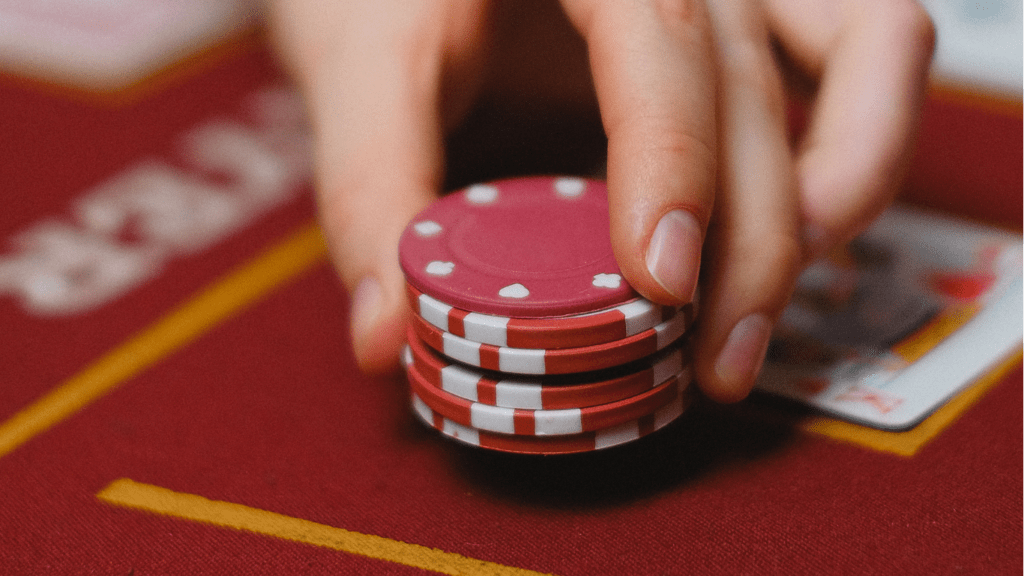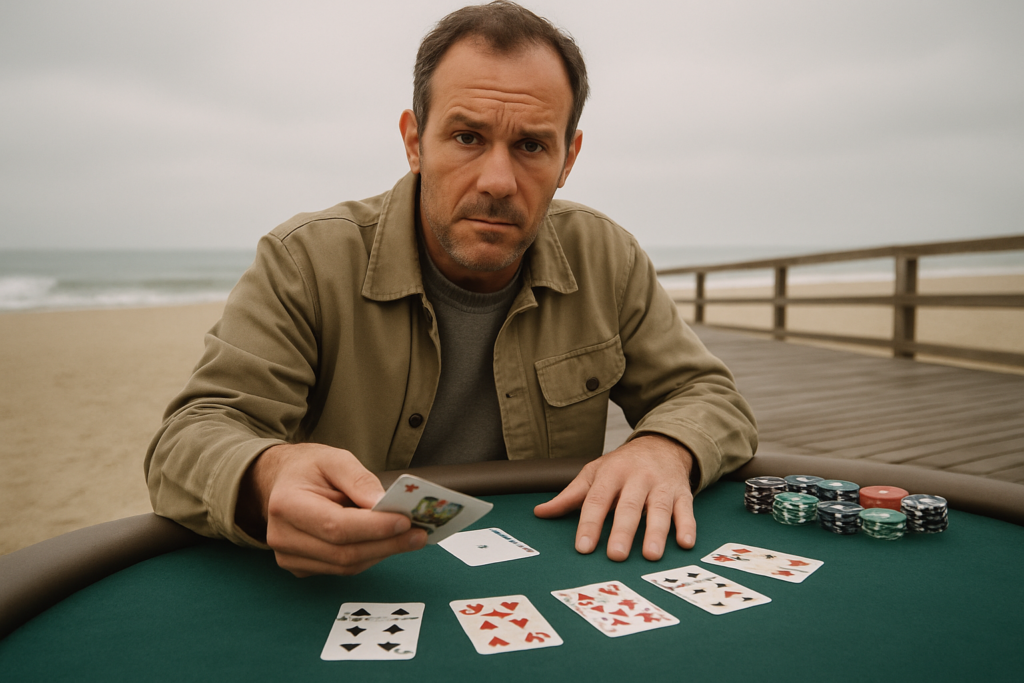Understanding Multiplayer Blackjack
Multiplayer blackjack involves competing against both the dealer and other players. Each decision made by players can affect the game’s flow, altering potential outcomes. This contrasting dynamic introduces both opportunities and risks that traditional one-on-one blackjack doesn’t present. By grasping these variables, I can improve my adaptability within the game.
Player Interaction plays a significant role in multiplayer blackjack. Observing others’ behavior provides insights into their strategies, helping me anticipate how they might affect the game. This understanding increases my chances of making precise decisions that align with my strategy.
Card Counting, though subtle in multiplayer settings, offers advantages. By tracking played cards, I gain insights into the remaining deck’s composition. In such an environment, knowing which cards have been used helps me make informed bets and strategy adjustments.
By recognizing these dynamics and adjusting my strategy in response, I can strategically engage in multiplayer blackjack, enhancing both my enjoyment and chances of success.
Key Differences from Traditional Blackjack
Multiplayer blackjack introduces unique factors absent in traditional gameplay, affecting strategies and outcomes for participants.
Interaction with Other Players
In multiplayer blackjack, interactions with other players significantly influence decision-making. Observing players’ behaviors and betting patterns provides insights into their strategies. For example, if a player frequently hits on soft 17, I might adjust my tactics accordingly. Player decisions also directly impact card distribution, potentially altering my hand possibilities based on others’ hit or stand choices.
Game Dynamics
Game dynamics in multiplayer blackjack differ from traditional play due to the collective impact. Shared tables change how cards are dealt and increase variability in gameplay outcomes. For instance, understanding the sequencing of cards becomes more complex with several players, which might affect my approach to card counting. Each participant’s actions contribute to the game flow, making it essential to stay adaptable in strategy.
Essential Strategies for Success
Multiplayer blackjack requires a keen understanding of other players’ actions and effective strategies. Success depends on adapting to player behavior and managing bets wisely.
Adapting to Player Behavior
Observing opponents provides insight into their decision-making processes. I pay attention to their betting patterns, noting when they consistently bluff or play conservatively. This information helps me predict their future actions, allowing me to adjust my own strategy. I also consider verbal cues and body language that might reveal a player’s confidence or hesitation. By integrating these observations, I refine my approach to counteract their tactics and capitalize on their habits.
Managing Bets Wisely

- Effective bankroll management is critical in multiplayer blackjack.
- I set a predetermined budget to guide my betting limits, ensuring I’m prepared for longer sessions.
- I escalate my bets gradually after a win while remaining cautious to prevent significant losses.
- I also pay attention to table trends, considering when to increase or decrease wagers based on the game’s flow. For instance, if a streak of low cards appears, I might reduce my bet until the pattern shifts.
- This disciplined approach helps me maintain balance and maximize potential gains over time.
Psychological Tactics
In multiplayer blackjack, psychological tactics play a crucial role. Understanding and manipulating opponents’ perceptions can lead to strategic advantages.
Bluffing and Disguise
Bluffing involves making bets that suggest a strong hand when mine might be weak or vice versa. By disguising my true intentions, I can mislead opponents into making poor decisions. For example, I might place large bets with a weak hand to intimidate players into folding, reducing competition. Alternatively, betting conservatively with a strong hand can lure opponents into a sense of security, prompting them to bet aggressively and increase my potential gains when revealing a winning hand. Subtle psychological maneuvers like adjusting my betting patterns or body language enhance bluffing effectiveness.
Reading Opponent’s Moves
Analyzing opponents’ behaviors provides insight into their strategies. I focus on:
- betting patterns
- timing
to detect potential bluffs or strong hands. For instance, sudden increases in bet size often indicate confidence in their hand, while erratic changes might signal uncertainty or a bluff.
Observing body language, such as nervous gestures or relaxed postures, also aids in divining their confidence levels.
By combining these observations, I can make informed decisions, adapting my strategy based on opponents’ perceived strengths and weaknesses. This adaptability enhances decision-making accuracy in multiplayer settings.
Advanced Techniques
Mastering multiplayer blackjack involves using sophisticated strategies that go beyond just playing your hand. I focus on how to optimize tactics when facing multiple players at the table.
Card Counting in Multiplayer
In multiplayer blackjack, card counting remains a valuable technique when applied correctly. I keep track of cards as they’re played to gain insight into the remaining deck composition. While the presence of multiple players speeds up card turnover, it also dilutes the predictability of the remaining deck. I adjust my counting strategy to account for the faster pace and increased variability in card distribution. By adapting to these factors, counting becomes a powerful tool for deciding when to increase or decrease bets.
Collaboration and Competition
Navigating the dual nature of collaboration and competition in multiplayer settings enhances strategic play. I often find cooperation beneficial, particularly when informally aligning strategies with other players to counteract a dominant table presence. Sharing insights about the dealer’s patterns or subtly influencing the table’s rhythm can shift the game’s balance. However, competition remains the essence of the game, so I stay alert to opportunities to capitalize on opponents’ errors. Balancing these dynamics requires maintaining clear goals and being adaptable to changing conditions.



 Community Engagement Manager
Raymundo Stricklandics serves as the Community Engagement Manager for Dice Gamblers Deal, where he is dedicated to creating meaningful connections with the platform’s audience. His role focuses on fostering an active, engaged community of players by interacting with readers, answering their questions, and ensuring their experience with the site is both enjoyable and informative. Raymundo is deeply passionate about building relationships with fellow gambling enthusiasts, whether through social media, email communications, or direct interaction on the site’s forums. He works tirelessly to ensure that the platform not only provides valuable information but also offers a supportive space where players can share their experiences, tips, and success stories. Raymundo also plays a key role in customer support, addressing user inquiries and providing personalized advice to help players navigate the world of table games and betting strategies.
Community Engagement Manager
Raymundo Stricklandics serves as the Community Engagement Manager for Dice Gamblers Deal, where he is dedicated to creating meaningful connections with the platform’s audience. His role focuses on fostering an active, engaged community of players by interacting with readers, answering their questions, and ensuring their experience with the site is both enjoyable and informative. Raymundo is deeply passionate about building relationships with fellow gambling enthusiasts, whether through social media, email communications, or direct interaction on the site’s forums. He works tirelessly to ensure that the platform not only provides valuable information but also offers a supportive space where players can share their experiences, tips, and success stories. Raymundo also plays a key role in customer support, addressing user inquiries and providing personalized advice to help players navigate the world of table games and betting strategies.